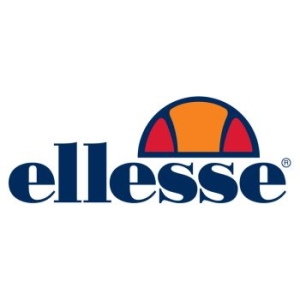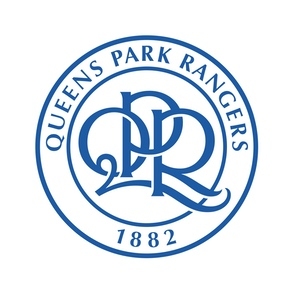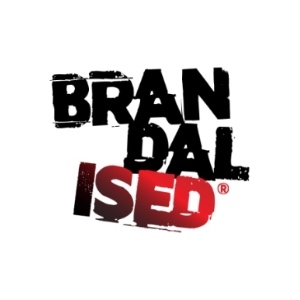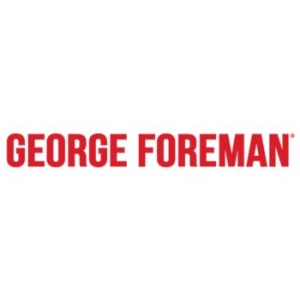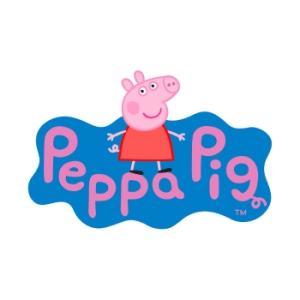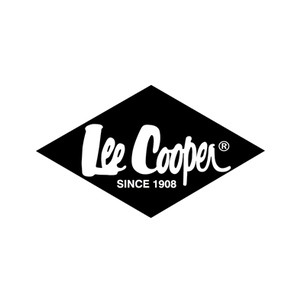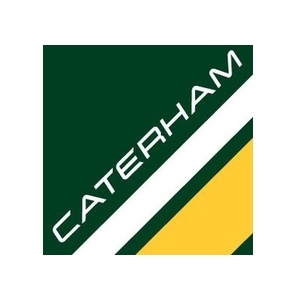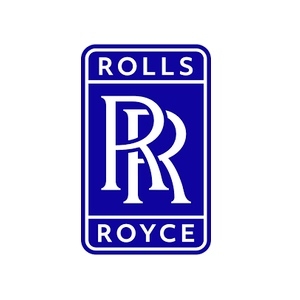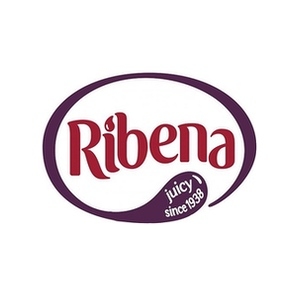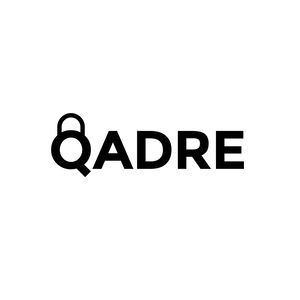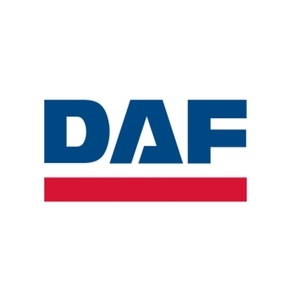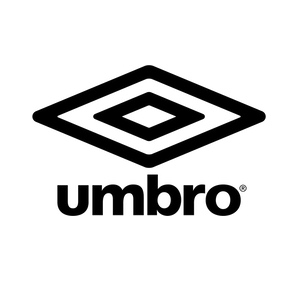Search-a-brandPowered by BRANDSMITHS
Search-a-brand assists you in researching, choosing and building a brand for your company, service or product. Try it out and search with the intended name!
View
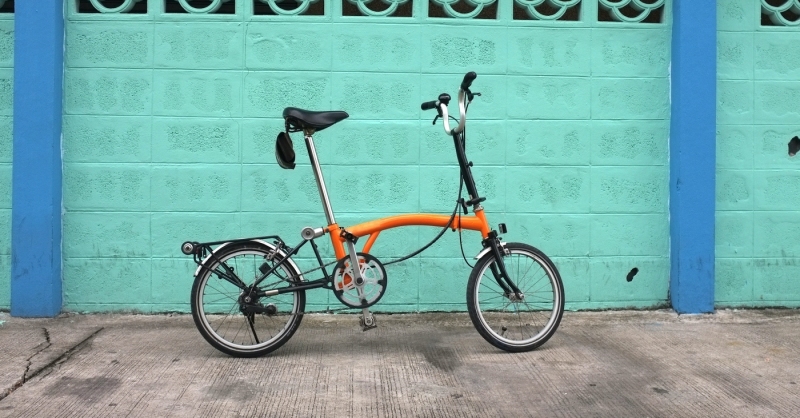
THE SHAPE OF THINGS TO COME
Author: John Battersby
Does copyright protect functional shapes, such as a Brompton Bicycle?
The recent Brompton CJEU decision confirms that yes, products whose shape is necessary to achieve a technical result are eligible for copyright protection, providing the product is an original work.
BACKGROUND
Proceedings began in Belgium where two bicycle companies are in dispute over intellectual property rights attaching to the shape of the iconic Brompton foldable bicycle. A referral was made to the CJEU seeking clarification on whether functional shapes are eligible for copyright protection.
A particular feature of the Brompton bicycle is that it can have three positions (1) a folded position, (2) an unfolded position, and (3) a stand-by position enabling the bicycle to stay balanced on the ground. These features were protected by a patent which has now expired.
In November 2017 Brompton brought court proceedings seeking a ruling that the Get2Get ‘Chedech’ bicycle had infringed copyright in the shape of the Brompton bicycle. In its defence Get2Get argued that the appearance of the bicycle is dictated by the technical solution sought, which is to ensure the bicycle can fold into three different positions. That in those circumstances, such appearance could be protected only under patent law, not under copyright law.
CJEU DECISION
With reference to the recent Cofemel decision and preceding case law the CJEU reiterated that the concept of a copyright ‘work’ has two cumulative conditions:
- First, that there exists an original subject matter, in the sense of being the author’s own intellectual creation; and
- Second, that the work requires the expression of that creation, that the subject matter is identifiable with sufficient precision and objectivity.
Somewhat unsurprisingly and in light of recent copyright decisions, the CJEU clarified that in principle copyright protection applies to:
“a product whose shape is, at least in part, necessary to obtain a technical result, where that product is an original work resulting from intellectual creation, in that, through that shape, its author expresses his creative ability in an original manner by making free and creative choices in such a way that that shape reflects his personality.”
COMMENT
Building upon last year’s Cofemel decision the Brompton decision provides useful clarification in respect of copyright protection for functional products.
The decision also underlines that providing the conditions for eligibility are met a product may enjoy protection from multiple overlapping intellectual property rights. Copyright has a much longer term of protection than other intellectual property rights and so overall the decision will be welcomed by designers. However, there are still clear restrictions on the subsistence of copyright in functional products.
Finally, it was welcomed that the CJEU declined to follow the Advocate General’s opinion that the creator’s intention could be a relevant consideration for subsistence of copyright. This would have been an unnecessary and unwelcome departure from previous CJEU decisions.
If you have any queries in relation to copyright or other intellectual property rights, please feel free to contact John Battersby: john@brandsmiths.co.uk or 0161 464 9237.
Brandsmiths is a trading name of Brandsmiths S.L. Limited which is authorised by the Solicitors Regulatory Authority, SRA No: 620298. Founding Partner: Adam Morallee
Privacy and Cookie Policy | Terms and Conditions | Complaint Procedure | Site by: Elate Global



